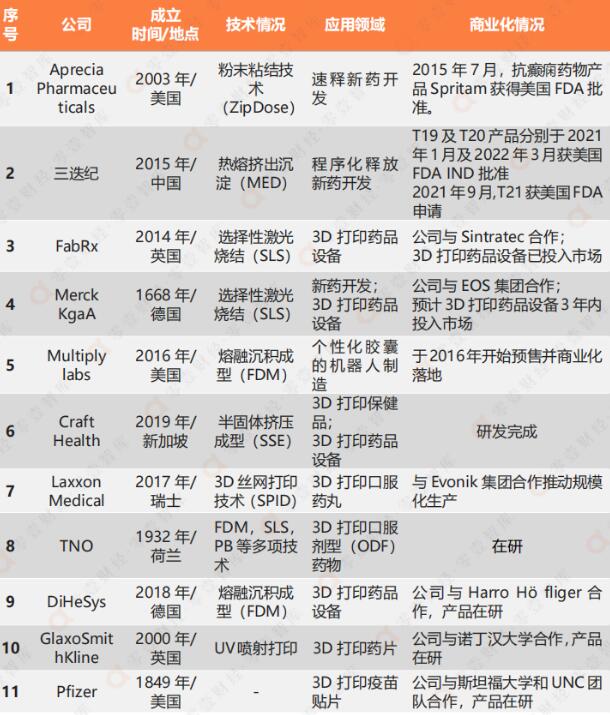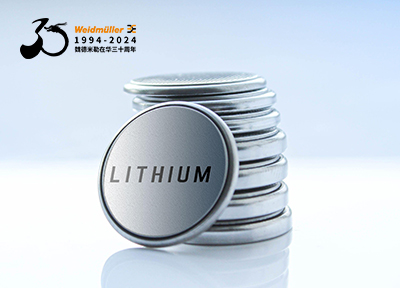Can the U.S. FDA help medical device manufacturers reduce cost and increase quality? Medical device manufacturers are dealing with some of the most difficult challenges to ever face the industry. In an increasingly global environment, as competition intensifies, manufacturers must innovate and capitalize on new opportunities and expedite time to market.
To deal with these imperatives, medical device organizations are working to:
Reduce costs;
Increase product quality;
Meet stricter inte
Increase the rate of product innovation;
Raise product safety and effectiveness; and
Decrease time-to-market and time-to-profit.
These challenges are exacerbated by the organizational structure and technological state of many medical device manufacturers and their interactions with the U.S. Food and Drug Administration (FDA), part of the Department of Health and Human Services.
For yearswww.cechina.cn, device manufacturers have sought transparency into production informationwww.cechina.cn, processes控制工程网版权所有, and resources. Companies have looked for the ability to unlock the operational data to empower decision makers—from operators to plant managers and corporate executives—to make informed timely decisions.
Economic and regulatory shifts are poised to catapult shop floor systems into a key role to meet these challenges.
Historically, the typical interaction between FDA and Medical Device manufacturers involved the creation, printingCONTROL ENGINEERING China版权所有, and review of volumes of paper documents. These documents may have been part of pre market approval (PMA), 510k applications, or reviewed onsite in the course of a Quality System Regulation (QSR-21 CFR Part 820) inspection.

FDA suggests that one product lifecycle ties to the next and that each point in the lifecycle connects to every other; thereforewww.cechina.cn, information flow is critical. The model seeks to integrate the complete product lifecycle by providing a holistic view of the process. In TPLC, product development is itera


 在线会议
在线会议 论坛
论坛 专题
专题 工控直播
工控直播 新闻中心
新闻中心 子站
子站 技术
技术 社区
社区



 IDEC HR8S系列新一代安全继电器有奖试用活动
IDEC HR8S系列新一代安全继电器有奖试用活动 2025(第二十一届)年度最佳产品奖有奖投票中
2025(第二十一届)年度最佳产品奖有奖投票中 AVEVA剑维软件食品饮料行业白皮书有奖下载
AVEVA剑维软件食品饮料行业白皮书有奖下载 立即有奖下载TE重载连接器选型指南
立即有奖下载TE重载连接器选型指南 2025(第十四届)全球自动化和制造主题峰会
2025(第十四届)全球自动化和制造主题峰会





























